| 357th Infantry Division | |
|---|---|
| Active | March 1944-1945 |
| Country | |
| Branch | |
| Type | Infantry |
| Size | Division |
| Engagements | World War II |
The 357th Infantry Division (German : 357. Infanterie-Division) was a German infantry division in World War II.
| 357th Infantry Division | |
|---|---|
| Active | March 1944-1945 |
| Country | |
| Branch | |
| Type | Infantry |
| Size | Division |
| Engagements | World War II |
The 357th Infantry Division (German : 357. Infanterie-Division) was a German infantry division in World War II.
It was formed on 11 November 1943 in Radom, General Government (Poland) from personnel of the 327. Infantry-Division and new recruits born in 1926, as part of the 21. Welle (21st wave of mobilization).
After her training, in March 1944, she was transferred to the Eastern Front. It fought near Tarnopol and Mukachevo and suffered heavy casualties.
It was reorganized in August 1944 as part of the 31. Welle (31st wave of mobilization) from the Schatten-Division Breslau. The unit was deployed again on the Eastern Front against the Red Army and fought in Hungary, Slovakia and later in the South Moravian region. On May 8, 1945, the unit surrendered to the Red Army in the Deutsch-Brod area in Bohemia.
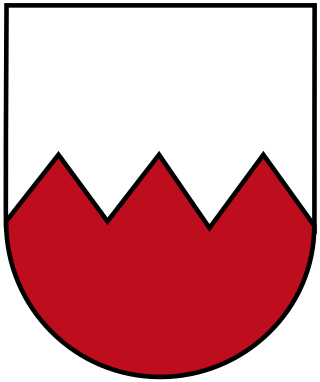
The German 73rd Infantry Division or in German 73. Infanterie-Division was a German military unit which served during World War II. The division consisted of more than 10,000 soldiers, primarily of the infantry branch, with supporting artillery. The division was only semi-motorized and relied on marching for the infantry units and horse-drawn transport for most of the support equipment, especially the artillery.

The German 23rd Infantry Division, later the 26th Panzer Division, was a military unit operational during World War II. It was organized along standard lines for a German infantry division. It was non-motorised and relied on horse-drawn wagons for its mobility. The unit carried the nickname Grenadierkopf.

The 20th Panzer Division was an armoured division in the German Army during World War II. It was created from parts of the 19th Infantry Division.
The 21st Infantry Division was a German military unit which fought during World War II.
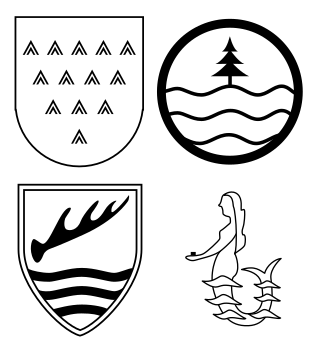
The 305th Infantry Division was a German Army unit that saw extensive, front-line action during World War II. This division was present at the Battle of Stalingrad, the Battle of Monte Cassino, and surrendered to U.S. Army's 88th Infantry Division in Northern Italy near Trento in late April 1945.
The 79th Infantry Division(79. Infanterie-Division) was an infantry division of Nazi Germany's Wehrmacht during World War II.
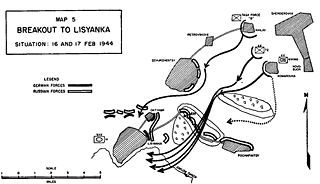
The 72nd Infantry Division was formed on 19 September 1939 in Trier from Grenz-Division Trier, a border security unit.

The 97th Jäger Division was a light infantry Division of the German Army during World War II. It can trace its origins to the 97th Light Infantry Division which was formed in December 1940. It was then redesignated the 97th Jäger Division in July 1942.
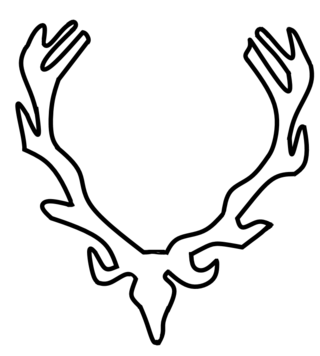
The 118th Jäger Division was a light infantry division of the German Army in World War II. It was formed in April 1943, by the redesignation of the 718th Infantry Division which had itself been formed in April 1941. It was transferred to Yugoslavia in May 1941, to conduct anti partisan and Internal security operations. It took part in the Battle of the Sutjeska in June 1943, and fought partisans in Bosnia before being sent to the Dalmatian coast to guard against Allied landings in the summer of 1944.

The 15th Infantry Division was an infantry division of the German Army during the interwar period and World War II, active from 1934 to 1945.

The 389th Infantry Division was a German division of the Wehrmacht in the Second World War, which fought for example in the Battle of Stalingrad. It was formed on 27 January 1942 in Milowitz.

The 31st Infantry Division was a German infantry division of the Army during World War II. It participated in the invasion of Poland in 1939 then the invasion of France and the Low Countries in 1940. As part of Panzergruppe 2. of Army Group Centre, it was involved in the invasion of the Soviet Union in June 1941. After hard fighting throughout 1941 and 1942 it joined the 9th Army and fought in the Battle of Kursk in July and August 1943. Along with the rest of the 9th Army, the division conducted a fighting withdrawal for the remainder of 1943, during which it sustained heavy casualties. In the early stages of the Soviet Operation Bagration of June to August 1944, the 31st Infantry Division was destroyed, a fate which subsequently befell most of Army Group Centre. The division was officially disbanded on 18 July 1944.
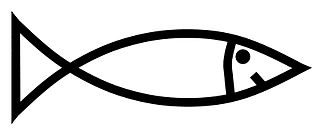
The 35th Infantry Division was a German Army infantry division in World War II.
The 132nd Infantry Division was a German division in World War II. It was formed on 5 October 1940 in Landshut, as part of the 11th Wave of Wehrmacht mobilization, and was destroyed in the Courland Pocket in 1945.

The 88th Infantry Division was a major fighting formation of the German Army (Wehrmacht). It was created in December 1939, and first saw combat in the Battle of France, and was then posted to security duties. From December 1941, the division was shifted to the southern sector of the Eastern Front, where it fought until February 1944 when it was encircled near Cherkassy and virtually destroyed.
The 361st Infantry Division was an infantry division of the German Army during the Second World War, active from 1943 to 1945. It was redesignated as a Volksgrenadier division in 1944. It saw active service on the Eastern Front when the Soviets launched Operation Bagration, during which it suffered significant losses. It later fought in France before being absorbed by the 559th Volksgrenadier Division on 10 March 1945.

The 376th Infantry Division was an infantry division of the German Army during World War II, active from 1942 to 1944 in two separate instances.
The 263rd Infantry Division was an infantry division of the German Heer during World War II.

The 371st Infantry Division, was an infantry division of the German Army during World War II, active from 1942 to 1945 in two separate instances.
The 367th Infantry Division was a German infantry division in World War II.